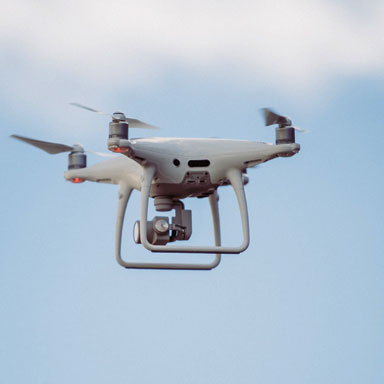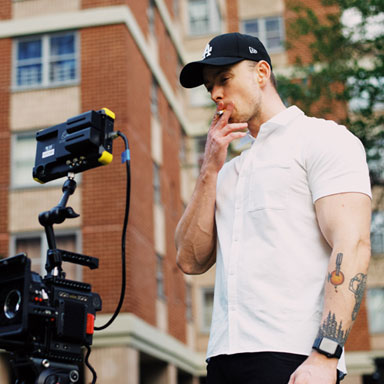Gunda
‘Gunda’ is an independent movie about animals. Consistently for beyond thirteen months, I have strolled or run in Prospect Park, reminded, with each excursion, that “the noticeable world is an everyday wonder,” as Edith Wharton once composed. The most mystical pieces of my circuits include my experiences with creatures: not simply with the limitless exhibit of canines (and a periodic chained feline), which, similar to me, are guests to the Olmsted and Vaux-planned region in Brooklyn, however with the recreation area’s extremely durable occupants as well. Walking around the iron bars that structure one of the boundaries of the zoo settled inside Prospect Park, I’ve seen peacocks fan out their remarkable plumage; three weeks prior I wondered about ten turtles sunning themselves on a sign in the Lull water. On the limited walker ways that breeze through Lookout Hill, I have surrendered option to proceed to chipmunks and, running by the lake, had a great time the ensemble of screeches produced by waterfowl. Generally ignorant about the recreation area’s local occupants during my pre-pandemic life, I am appreciative for the cooperation I presently feel with them.
Be that as it may, overshadowing these animals, I can’t take a gander at them intently. Vindictively, the tallness disparity could provide me with a misguided feeling of my prevalence over them. To right this unevenness, Victor Kossakovsky, in his new independent movie, Gunda, keeps his cameras close to the ground, approximating the POV of his independent movie subjects: the sow of the title and her litter of piglets, and, given lesser screen time, a group of chickens and a crowd of cows. For an hour and a half, we are drenched in the exercises of these ranch fauna. No people show up in the independent movie, however an imperceptible farm hauler driver in Gunda’s end minutes signals disaster. Additionally, no human discourse is heard-no portrayal, no animal specialists making an appearance, no farmhands calling to the critters. However the film overflows with sound: not just with oinks, snorts, squeaks, moos, and clacks yet additionally with birdsong, bugs humming, chimes ringing, hammers clanking, and other encompassing commotion.
Welcoming our continuous independent movie ‘Gunda’ shooting on homesteads and asylums in Norway, Spain, and the UK, takes up the inquiry presented by John Berger in his still-persuasive 1977 exposition “Why Look at Animals?” At its generally basic level, ‘Gunda’ highlights one of the fundamental realities spread out by Berger in his composition: “Creatures are conceived, are aware and are mortal.” Calling regard for this unchangeable truth, Kossakovsky’s narrative is a delicate however no less powerful questioning, particularly for those watchers more inclined to thinking about ‘Gunda’s’ subjects as food to consume rather than as cognizant creatures. (As he clarifies in the press takes note of, an extremely important occasion for Kossakovsky, brought into the world in Saint Petersburg, Russia, in 1961, was the butcher of an adored pig that he came to know during youth visits to the open country. He turned into a veggie lover quickly from there on.)
While this independent movie ‘Gunda’ shows enormous compassion, it doesn’t enjoy humanoid attribution or effectively court observers’ nostalgic reactions. To additional appropriate that sort of tackiness, Kossakovsky shot the narrative in highly contrasting advanced, consequently delivering the pink body of a piglet, for instance, more unbiased that is, less inclined to inspire awe than amazement. Kossakovsky is this independent movie director and cinematographer Egil Håskjold Larsen.
In this independent movie the underlying appearance of those piglets inspires wonder. Gunda, lying on her side, overwhelms a little pattern access to a cottage, her body half in and half out. A couple of seconds after the fact, obviously she’s simply conceived an offspring; her descendants, numbering around twelve some still tacky with placenta, hurry out, individually, over her napping body and onto the soil. These little animals, each a little bigger than a human palm, frenziedly attempt to lock on to one of Gunda’s nipples. They rest, they play. One attempts to get its balance, helped along by Gunda. She rests her breath apparent as fog.
When time elapses in this independent movie; the piglets get bigger, however their perfectly snaked tails appear to remain as before in size. Gunda and her brood are intriguing to watch. They sniff at and taste the downpour. A piglet yawns; another, confronting away from us, delivers a monstrous stream of piss. Gunda lazes in the mud alone. She over and again displays patience as her posterity medical caretakers.
In this independent movie whenever Kossakovsky leaves the pigs to watch for chickens and cows, the miracle doesn’t decrease. Gazing at a chicken’s brush in outrageous close-up yields a profound appreciation for multifaceted, spiky shapes. The examples in textured chicken knifes and paws in like manner captivate never more so than when the narrative spotlights on a one-legged bird smoothly bouncing about. In the cow’s scene, Kossakovsky fuses wide shots-to oblige the bigger animals and incorporates Gunda’s just case of slow movement, used to catch the cows running out of a stable. These conventional peculiarities in any case, the ox-like succession shows Kossakovsky’s tight, unembellished, observational style, shooting that manages the cost of us the joy of seeing the mind boggling falling developments of an immense arrangement of minuscule muscles as a cow jerks its ears.
At least a time or two we see the cows gazing straight at the camera-as does Gunda, most notably close to the end of the independent movie. after that evil farm hauler drives off. The elements of this looking perplex. As Berger states, “The eyes of a creature when they consider a man are mindful and attentive. A similar creature might well gander at different species similarly. [The animal] doesn’t hold an extraordinary search for man. In any case, by no different species aside from man will the creature’s look be perceived as recognizable. Different creatures are held by the look. Man becomes mindful of himself returning the look.” In that elevated mindfulness, we might feel regretful, complicit, embarrassed or on the other hand reserved, self-important. Gunda asks that we feel something considerably less genuinely freighted however undeniably more intricate: associated.




